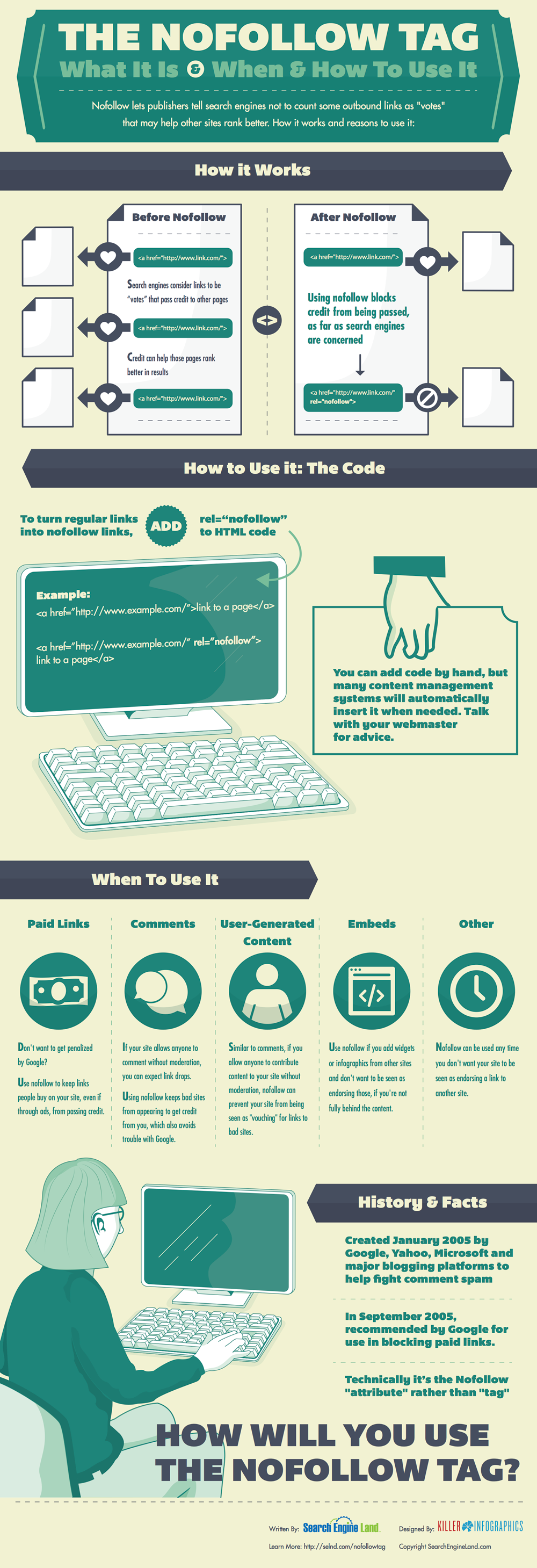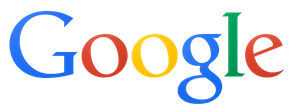 No matter how bad of shape your website is in, Google will crawl it. Google crawls and indexes seemingly the entire internet. Though we know they may not look as deep into low-quality websites, that doesn’t mean they haven’t at least crawled and indexed the landing page. It takes something truly special to keep Google from crawling and indexing a page, but there are two common mistakes that can actually manage to keep Google away.
No matter how bad of shape your website is in, Google will crawl it. Google crawls and indexes seemingly the entire internet. Though we know they may not look as deep into low-quality websites, that doesn’t mean they haven’t at least crawled and indexed the landing page. It takes something truly special to keep Google from crawling and indexing a page, but there are two common mistakes that can actually manage to keep Google away.
Technical SEO is one of the most difficult aspects of optimization to grasp, but if you are making these two simple mistakes, it can keep search engines, especially Google, from correctly indexing your websites. If your site isn’t getting correctly indexed, you have absolutely no chance of ranking well. Until you fix the problem your site is going to be severely crippled, so it is imperative you aren’t ignoring these issues.
1. The 301 Redirects on Your Website are Broken
It is a commonly accepted practice to use 301 redirects after a website redesign. As Free-SEO-News mentioned in their latest newsletter, using these redirects properly allows you to retain the ranking equity you’ve built with your website, rather than having to start again from the bottom.
The problem is when these 301 redirects aren’t implemented properly. Even worse, sometimes properly working redirects can suddenly falter, so you can’t place your faith in the redirects working correctly forever. Code changes, new plugins, or broken databases can cause your working 301’s to begin linking to non-existing pages.
Broken links are an automatic wrecking ball to all your efforts building a solid link portfolio. The best way to ensure that all your links are working is to download a website audit tool, such as SEOprofiler, which automatically checks all of your links and redirects. If your links or redirects suddenly stop working, you will be warned before you start getting punished by the search engines.
2. Rel=canonical Attributes Are Causing Problems
Just as with 301 redirects, the rel=canonical attribute serves a legitimate purpose when used correctly. The attribute can help you avoid problems with duplicate content, but those using the tag without knowing what they are doing can find themselves with some major issues.
Two of the biggest faux pas that we see regularly committed by site owners are to add a rel=canonical attribute which points to the index page to all web pages or to other pages that use the ‘noindex’ attribute. In both scenarios, Google won’t index the web pages at all.
The best advise is to simply stay away from the rel=canonical attribute unless you are absolutely sure what you’re doing. The only proper time to use the attribute is on duplicate pages, and anywhere else will result in significant problems. The problems that can come from using the attribute incorrectly are much worse than those you might see by failing to use the tag on duplicate pages.

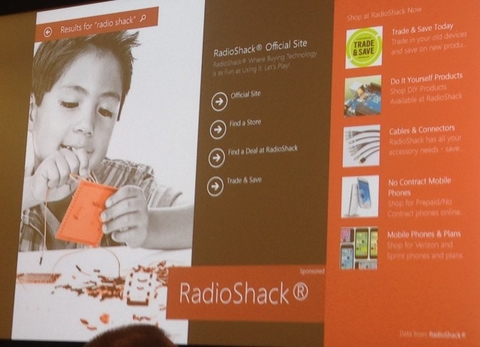
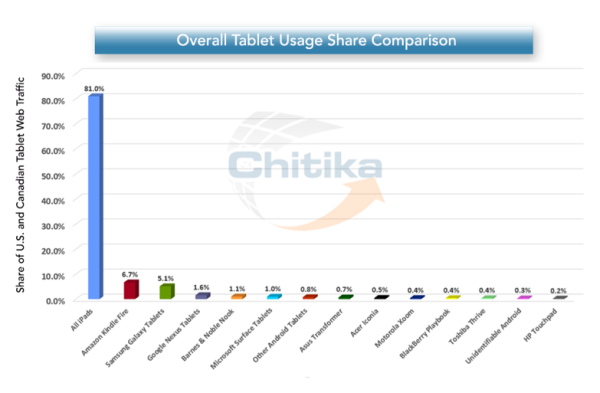
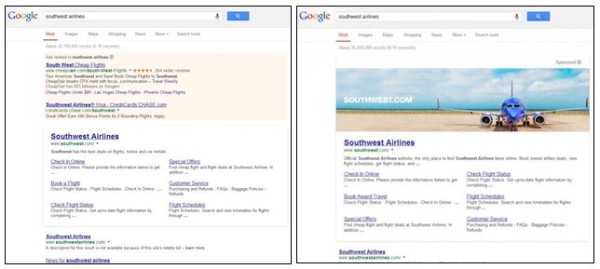

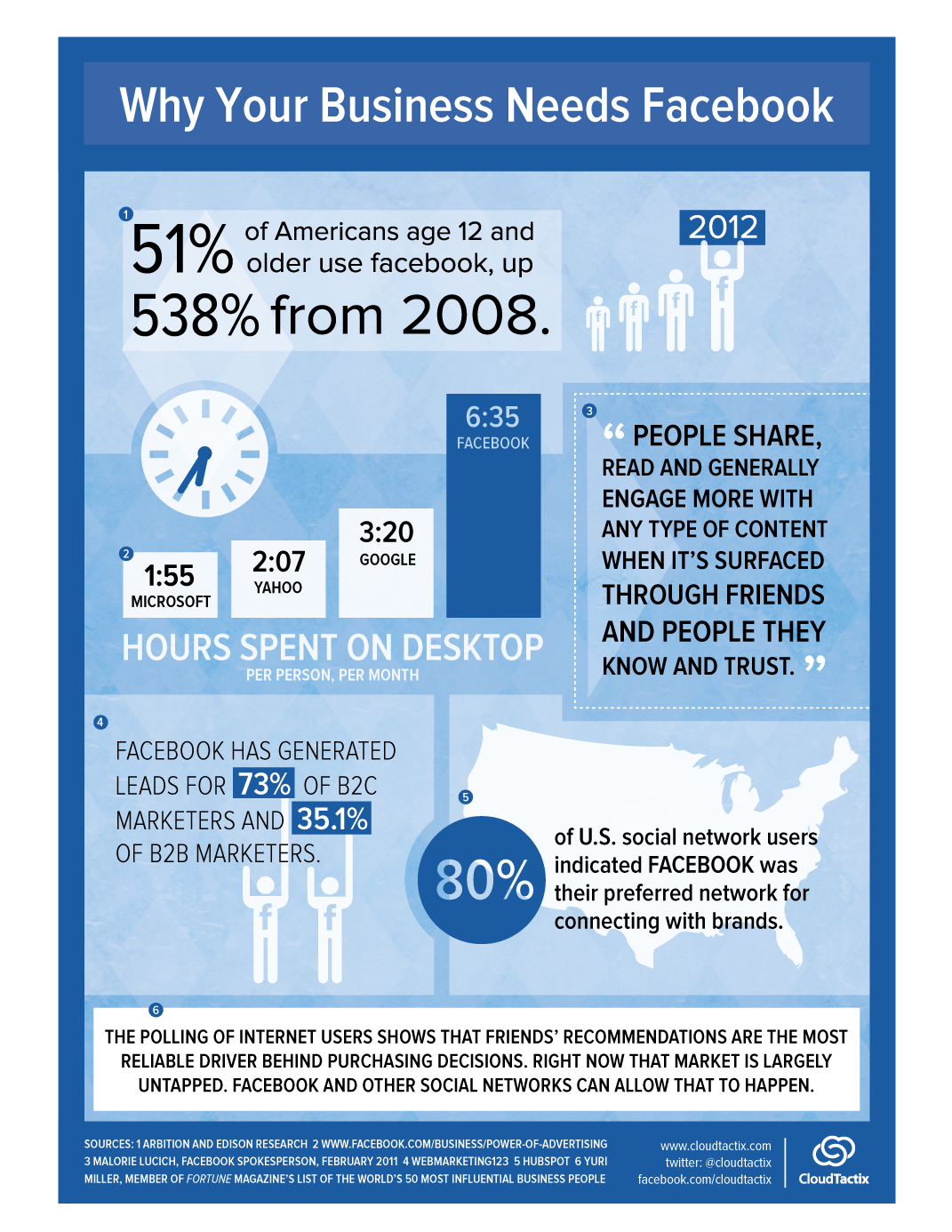
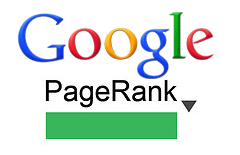 There has been quite a bit of speculation ever since Matt Cutts publicly stated that Google wouldn’t be updating the PageRank meter in the Google Toolbar before the end of the year. PageRank has been assumed dead for a while, yet Google refuses to issue the death certificate by assuring us they currently have no plans to outright scrape the tool.
There has been quite a bit of speculation ever since Matt Cutts publicly stated that Google wouldn’t be updating the PageRank meter in the Google Toolbar before the end of the year. PageRank has been assumed dead for a while, yet Google refuses to issue the death certificate by assuring us they currently have no plans to outright scrape the tool.